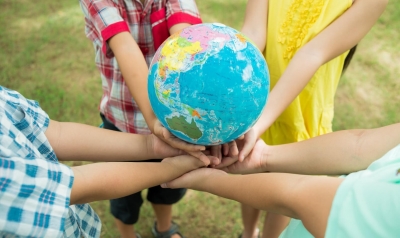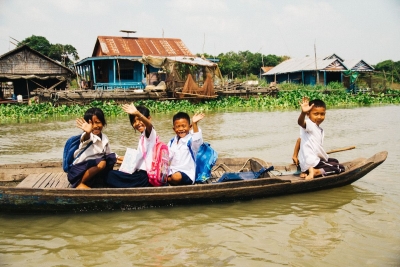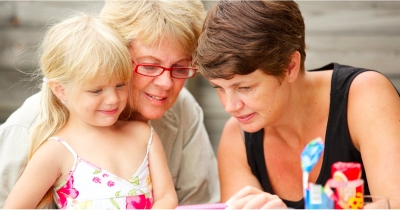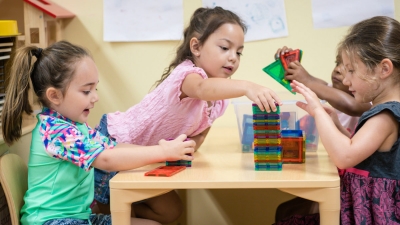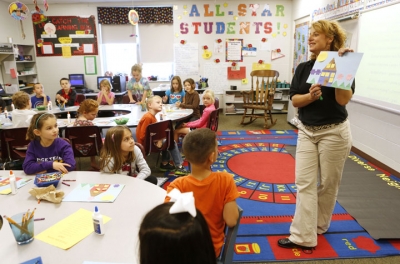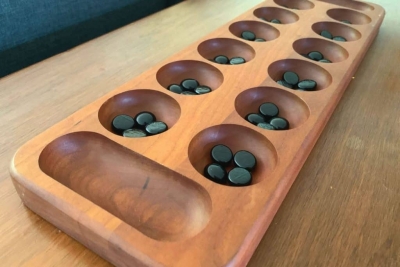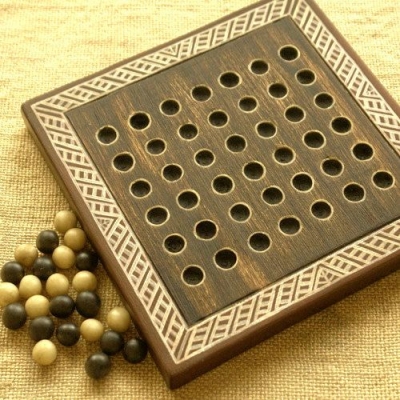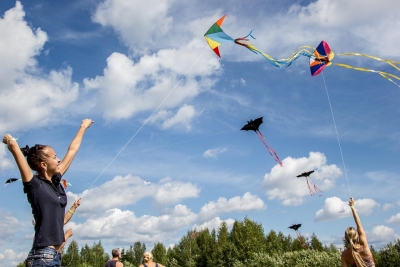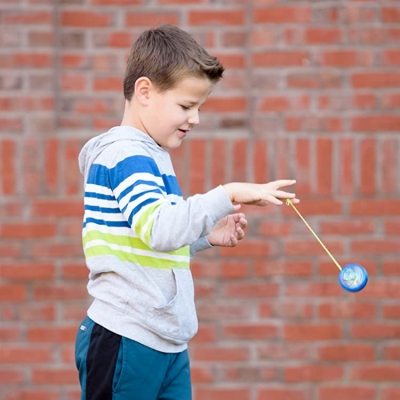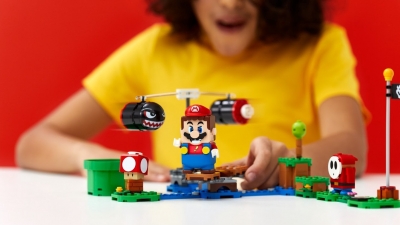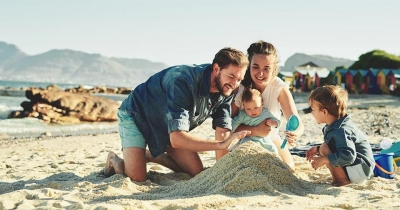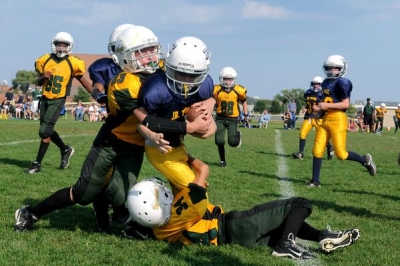Why do children speak more than one language?
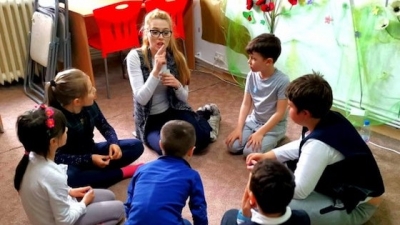
How many ways can you say “Hello”? Some children speak more than one language, because the people they live with speak different languages. Children who live in places like Western Europe, where many countries and cultures are close together, often learn a second language.
Even people who speak the same language don’t always say words the same way. In the U.S.A., people in the northeastern states may say “dahg”. People in the southeastern states may say “dawg”. They are all saying the word dog, but they have different ways of saying it.
There are about 6,000 languages in the world, and most people speak and understand only one or two. People who know more than one language can become interpreters. Interpreters are people who translate words from one language into another. When world leaders meet, they often exchange ideas through an interpreter.
When people who do not speak the same language get together, they talk through interpreters.
Canada has two official languages, English and French. Many children there learn to speak both.
Picture Credit : Google
